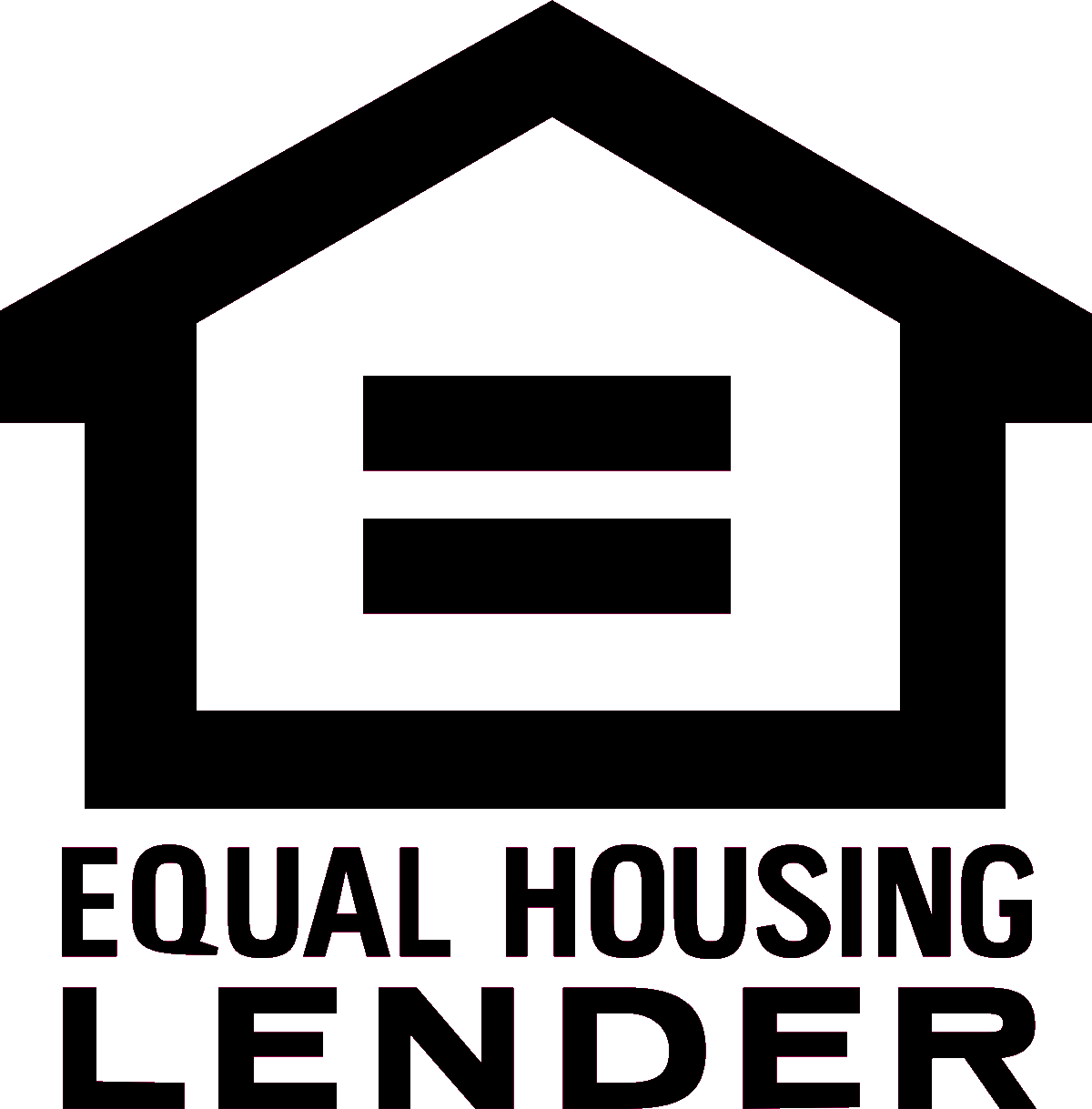Can I Qualify for a mortgage with student loans?
 Return to Can I Qualify? library
Return to Can I Qualify? library
I've been approached by many aspiring homeowners who worry that their student loans will prevent them from qualifying for a mortgage. More often than not, their worries are for naught. Student loan debt can seem overwhelming, but some repayment options can make the payment on six-figure student loans no worse than a car payment.
To determine if you can qualify, first we need to know the balances and current payments for all your student loans. This includes loans that may be deferred or in forebearance. A deferred loan still is a debt obligation, and we usually must consider it in our calculations. How we use this information depends on the loan program you choose.
For a conventional loan, Fannie Mae and Freddie Mac currently disagree on how we determine the payment amount used for qualifying. Which program is better depends on your specific situation.
Fannie Mae says we must use the payment indicated on your credit report for each student loan. If the report shows no amount or shows $0, which might be the case for a deferred loan, you must get the payment from your loan servicer that would apply if your deferment ended, or we can use 1% of the loan balance. Fannie guidelines will allow us to use the payment from an income-based repayment plan, even if that payment is $0, which can make this loan program very attractive for those with heavy loan debt.
Freddie Mac's approach is simpler. If the credit report indicates a repayment amount that is greater than zero, we use that amount. If the amount is zero or is incorrect, we can use the amount documented by your student loan servicer. Otherwise, we use 0.5% of the outstanding loan balance as reported on the credit report. One unique aspect of the Freddie guidelines allows us to ignore completely any student loan that is deferred or in forbearance and that will be forgiven or paid for you at the end of the deferment period.
FHA recently changed its guidelines concerning student loans. If your credit report indicates a payment, we must use that payment unless your loan servicer documents the payment is less. However, if the credit report doesn't indicate a payment, we use 0.5% of the outstanding loan balance as reported on the credit report.
The USDA recently relaxed its student loan guidelines a little for the Rural Development loan program. Now, we must use the payment indicated on your credit report or 0.5% of the loan balance, whichever is greater.
In contrast, the way the VA program handles student loans is a little more complicated. We can ignore any loans that we can document are deferred by at least 12 months as of the closing date. For all other loans (those in repayment and those deferred less than 12 months), we can use the amount that appears on the credit report, even for income-based repayment plans, as long as the amount is greater than $0. If a payment doesn't appear on the credit report, we must use 5% of the loan balance divided by 12. For example, if you have $60,000 in student loans, we would use $250 ($60,000 * 0.05 / 12) as your effective payment for qualifying.
If your loan payments still are too high for you to qualify, you may want to contact your loan servicer to discuss other repayment options.
➢ As I noted above, some loan programs allow us to use the payment from an income-based repayment plan, which for many can lower your current loan payment.
➢ It may be possible to extend the loan term. While this will increase the amount of total interest you pay, it will lower your loan payment.
➢ Finally, if you have multiple student loans, consider consolidating the loans, especially given current low interest rates. The goal, of course, is to achieve a lower consolidated loan payment than the sum of your previous payments.








